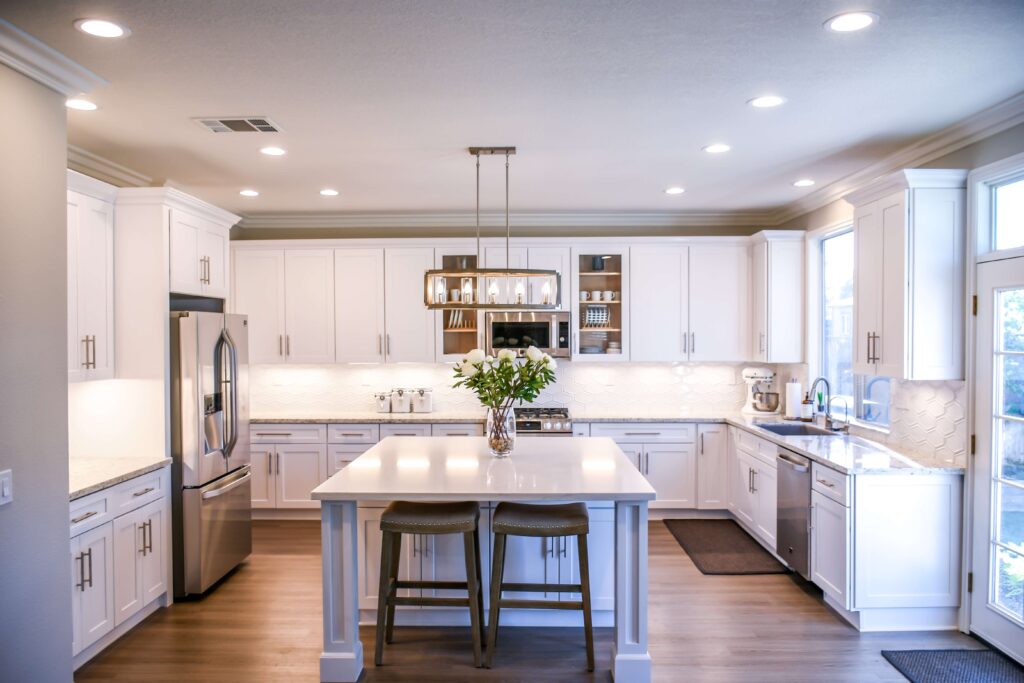
In the age of technological advancements, home automation has emerged as a game-changing trend that continues to revolutionize the way we live. In 2023, the importance of home automation has escalated as it provides numerous features that enhance comfort, convenience, security, and energy efficiency in our daily lives. This essay explores the key features, benefits, and disadvantages of home automation, shedding light on its significance in the present era.
Features of Home Automation in 2023
-
Smart Home Devices: The cornerstone of home automation lies in the availability of smart devices that can be interconnected and controlled remotely through smartphones or voice commands. These devices encompass smart thermostats, lighting systems, appliances, security cameras, door locks, and more.
-
Voice Control: Voice assistants like Amazon’s Alexa, Google Assistant, and Apple’s Siri have become ubiquitous, allowing homeowners to interact with their smart devices using natural language commands, making home automation accessible to all family members, including children and the elderly.
-
Integration and Interoperability: Home automation platforms have evolved to offer improved integration and interoperability. Compatibility between different brands and devices enables seamless communication, fostering a cohesive smart home experience.
-
Energy Management: Home automation empowers homeowners to optimize energy consumption through smart thermostats and automated lighting systems. This not only reduces utility bills but also contributes to a greener environment by curbing energy wastage.
-
Security and Surveillance: Smart security systems integrated with cameras, motion detectors, and door/window sensors provide enhanced surveillance, real-time alerts, and remote monitoring, bolstering the safety of the household.
-
Home Entertainment: Automation has transformed the way we enjoy multimedia at home. Smart home theaters, audio systems, and media centers offer personalized entertainment experiences for every family member.
-
Health and Wellness: In 2023, health monitoring and wellness technologies have also found their way into home automation systems, assisting users in tracking their fitness, sleep patterns, and even managing medication reminders.
Benefits of Home Automation in 2023
-
Convenience and Comfort: Home automation simplifies daily tasks and routines, enabling homeowners to control their environment effortlessly. From adjusting the thermostat from the bed to automating lights to mimic natural patterns, convenience is at the forefront of home automation’s appeal.
-
Enhanced Security: The integration of smart security systems bolsters the safety of households, deterring potential intruders and offering peace of mind, especially for families with young children or frequent travelers.
-
Energy Efficiency: Home automation technologies facilitate energy-saving practices by optimizing heating, cooling, and lighting based on occupancy and preferences, leading to reduced energy consumption and lower utility bills.
-
Accessibility and Inclusivity: Home automation’s user-friendly interface, including voice control, caters to individuals with disabilities or limited mobility, enhancing accessibility and inclusivity within the household.
-
Remote Monitoring and Control: The ability to control and monitor devices remotely allows homeowners to manage their homes even when away, providing reassurance and the ability to take timely action if necessary.
-
Personalization and Customization: Home automation systems learn from user behaviors and preferences, enabling personalized experiences tailored to each family member’s needs.
-
Future-Proofing: Investing in home automation technologies lays the foundation for incorporating future advancements and updates, ensuring that the household remains at the forefront of innovation.
Disadvantages of Home Automation in 2023
-
Cost: The initial setup cost of home automation systems, including smart devices and installation, can be relatively high. While prices have decreased over time, it may still pose a barrier for some homeowners.
-
Complexity: The integration and setup of various smart devices may be overwhelming for those unfamiliar with technology, leading to potential difficulties in the installation and configuration process.
-
Privacy and Data Security Concerns: As smart devices collect and transmit data, there are concerns regarding data privacy and potential vulnerabilities to hacking or unauthorized access.
-
Dependency on Technology: Increased reliance on home automation may lead to difficulties if the system malfunctions or if there are power outages, impacting daily routines and security measures.
-
Compatibility Issues: With the rapidly evolving market, there might be compatibility issues between devices from different manufacturers, potentially limiting the seamless integration of all smart home components.
-
Learning Curve: For some individuals, adapting to the technology and learning how to utilize all the features efficiently may take time and effort.
In 2023, home automation has become more than just a futuristic concept; it has transformed into an essential part of modern living. The wide array of features, benefits, and conveniences it offers have made it a sought-after investment for homeowners around the globe.
While there are some challenges to consider, the overall significance of home automation in enhancing comfort, convenience, security, and energy efficiency cannot be understated.
With continuous advancements, home automation is likely to become even more accessible, reliable, and integrated, further solidifying its position as a fundamental aspect of daily life in the years to come.
Check out the Blog on A Complete Guide on Sofas